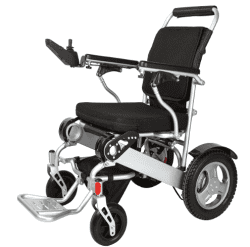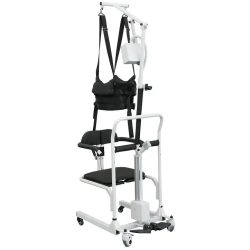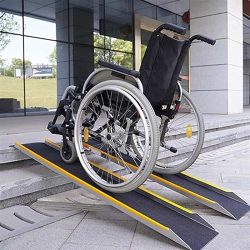WHEELCHAIR RAMP SLOPE CALCULATOR
Best slope calculator for wheelchair ramp. Easily determine the correct ramp slope and visualize the ramp design for safety and accessibility.
RECOMMENDED WHEELCHAIR RAMP

د.إ60.00 – د.إ1,440.00

د.إ1,050.00 – د.إ3,500.00

د.إ960.00 – د.إ1,920.00

د.إ3,446.00 – د.إ3,496.00
Frequently Asked Questions (FAQs)
1. What is the purpose of this wheelchair ramp slope calculator?
This tool helps you determine the correct slope for a wheelchair ramp to ensure it is compliant with accessibility standards. It calculates the ramp slope percentage based on your input values for rise (height) and run (length), providing recommendations for different regulations.
2. How do I use the wheelchair ramp slope calculator?
To use the calculator, simply enter the rise (height) and run (length) of the ramp, select your preferred measurement unit (cm, in, or ft), and click “Check Compliance.” The tool will display the ramp slope, compliance with various standards, and recommended ramp lengths for different regulations.
3. What measurements do I need to input?
You need to enter the rise (the vertical height from the base to the top of the ramp) and the run (the horizontal length of the ramp). The tool will then calculate the slope based on these values.
4. What standards are used in the calculator?
The calculator compares the ramp slope with several common standards, including:
ADA (Americans with Disabilities Act) – 1:12 ratio (8.33% max slope)
ISO 21542 – 1:12 ratio (8.33% max slope)
UK Building Regulations – 1:12 ratio (8.33% max slope)
AS 1428.1 (Australia) – 1:14 ratio (7.14% max slope)
Saudi SBC – 1:12 ratio (8.33% max slope)
Portable Use Maximum – 1:6 ratio (16.7% max slope)
5. Why is it important to comply with accessibility standards?
Complying with accessibility standards ensures that wheelchair ramps are safe and accessible for individuals with mobility challenges. It helps prevent accidents, provides comfort, and guarantees that the ramp is usable in various environments.
6. What should I do if my ramp does not meet compliance?
If your ramp does not meet the required slope for compliance, consider increasing the length of the ramp (the run) or lowering the height (the rise). Longer ramps with a gentler slope are safer and easier to use.










































